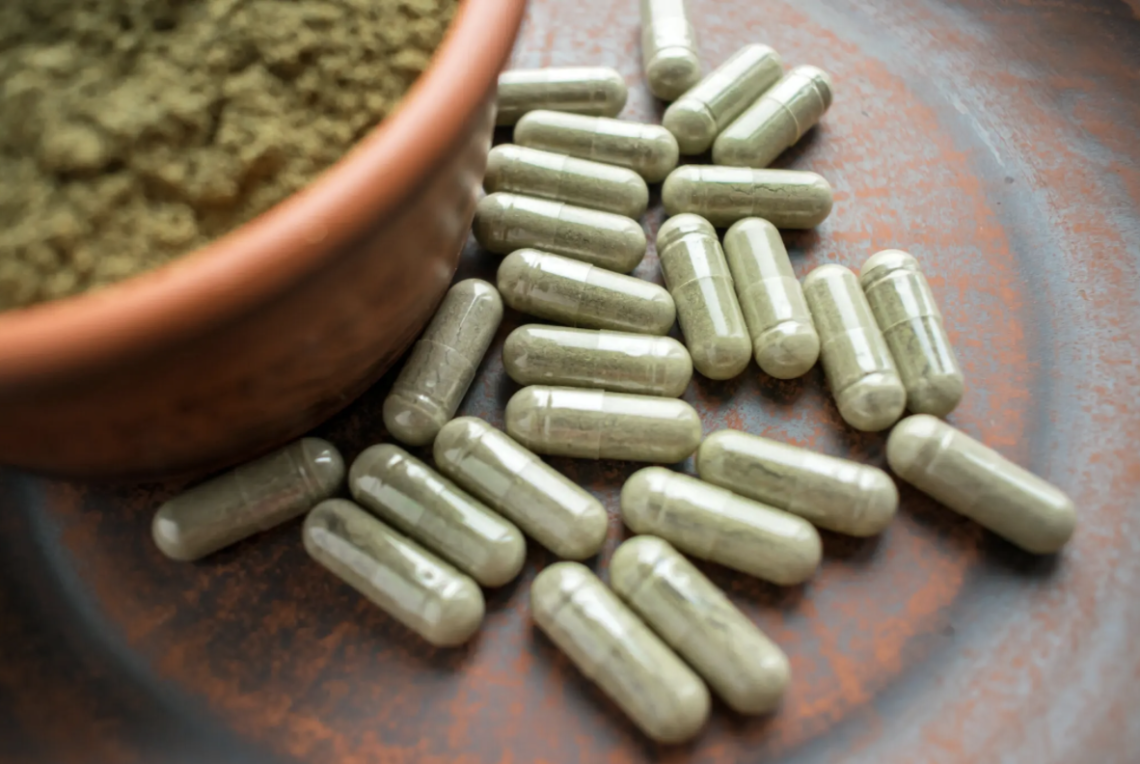Below I have posted an article from the New York Times called “What You Should Know About the Potential Risks of Kratom” written by Dani Blue on July 26, 2023.
Just one thing….The story largely ignores the thousands of testimonials and science submitted to the FDA in last few years, not to mention discussing how the WHO and UN rejected attempts to ban kratom internationally (because they looked at the science!)
If we are going to provide information about kratom shouldn’t it be a FULL view from all aspects…
Here is what she had to say:
What You Should Know About the Potential Risks of Kratom
The herbal product remains widely available, despite lawsuits and warnings from health authorities.

Across gas stations, smoke shops and the internet, consumers can easily buy kratom — an herbal substance that some users claim is an antidote to opioid dependence and a lifeline for alleviating mental and physical pain. In 2021 alone, roughly 1.7 million Americans used kratom, although the F.D.A. has not approved it for any medical use.
There is limited information on kratom — a 2022 review of its health effects characterized the research in the United States as “still in its infancy.” But federal health authorities have persistently highlighted the potential harms: The Food and Drug Administration urges consumers not to use it “because of the risk of serious adverse events,” and the Drug Enforcement Administration has labeled kratom a “drug and chemical of concern.” Recently, a string of lawsuits have alleged that kratom consumption may have contributed to the deaths of several people.
Despite those warnings, kratom largely remains legal and accessible across the United States. It’s up to consumers to weigh the allure of what some consider a more “natural” alternative to opioids against the stark warnings from health officials.
“When you take something that is essentially a drug, and you essentially don’t study that drug, and you don’t advertise anything except, ‘Oh it’s a plant product, therefore it’s safe,’ you create all sorts of problems,” said Dr. Rif El-Mallakh, the director of the Mood Disorders Research Program at the University of Louisville School of Medicine.
Kratom products are typically made from the leaves of a tree that grows in Southeast Asia. Those leaves contain chemical compounds that can produce a range of effects, including psychoactive ones. People usually consume kratom by swallowing capsules of it or brewing a tea with it.
For some people, the plant seems to act as a stimulant. For others, particularly those who take higher doses, it can function like a sedative, helping them to relax. Different people experience kratom in different ways, and the products themselves can vary.
“The product that you buy in June might have a drastically different dose than the product you buy in July,” said William Eggleston, an assistant professor at the Binghamton University School of Pharmacy and Pharmaceutical Sciences.
The majority of people who use kratom take it in an attempt to self-treat depression and anxiety disorders, said Oliver Grundmann, a clinical professor at the University of Florida College of Pharmacy who has studied kratom. Some people also turn to it to mitigate opioid withdrawal symptoms, or as a pain management alternative to opioids in order to wean themselves off them.
But there isn’t evidence from clinical trials that supports using kratom to help with mental health issues or with withdrawal from opioids, Dr. Grundmann said.
Dr. Eggleston agreed that there are still many open questions. “It’s plausible, but we don’t have good, rigorous studies to really show us, Does it work?” he said. “And if it does, how well does it work?”
Some people also take large doses of kratom to get high, Dr. Grundmann said, although he believes it is a very small subset. Occasionally, users report brief periods of what he called “the wobbles” — a sensation that feels like rocking back and forth on a ship.
What are the risks of taking kratom?
It’s tricky to pin down just how dangerous kratom might or might not be. Much of the published research on its harms stems from case studies and observational data, said Marc Swogger, a clinical psychologist at the University of Rochester Medical Center. “From an evidence-based standpoint, it’s not super scary,” he said; some people might feel queasy, sweat profusely, occasionally vomit or have the chills when they take it.
But larger doses can bring steeper risks, said Dr. Pieter Cohen, an associate professor at Harvard Medical School. “The safety here is totally unpredictable,” he said.
The F.D.A. states that use of kratom can have serious side effects, including seizures and liver toxicity. In rare cases, kratom use has been associated with deaths, the agency notes, but those situations have typically involved other drugs as well, and it’s not apparent what role kratom may have played.
The National Institute on Drug Abuse notes that deaths from overdosing on kratom seem to be “extremely rare”: A 2019 studycited 11 deaths in the U.S. between 2011 and 2017 that were linked to kratom exposure, including two deaths associated with kratom alone, compared with over 200,000 deaths stemming from opioid-related overdoses in that same period.
What is becoming increasingly clear, experts say, is that kratom has the potential to be addictive and some users can go into withdrawal, although that is likely a minority of users, Dr. Swogger said. “There are some people who really do have a difficult time getting off kratom.”
“No one needs to pick up a kratom habit,” Dr. Cohen said. “I wouldn’t recommend anyone starting kratom just for the heck of it.”








